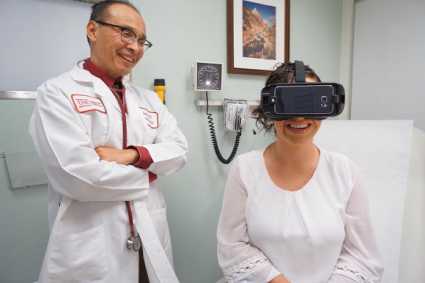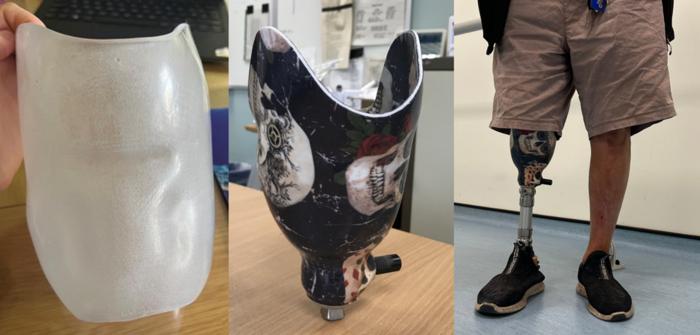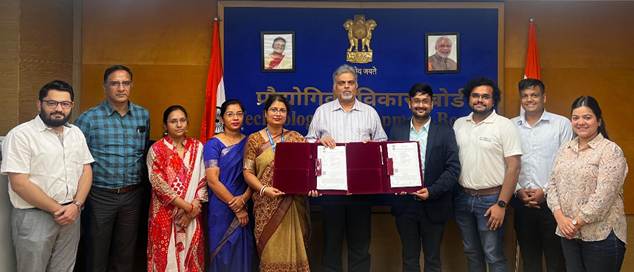Recovery from substance use is a lifelong process, but certain environments—like being around alcohol at a party or seeing ads for painkillers—can trigger cravings and raise the risk of relapse. To counter this, George Mason University social work professor Holly Matto, along with colleagues from the College of Science, is studying how “recovery cues”—positive, personalized stimuli—can help people manage cravings.
The team used virtual reality (VR) to test how calming sensory experiences can regulate emotional and physical reactions to triggers and support better decision-making. Participants were immersed in VR scenarios designed around their personal comfort and familiarity—two key elements of effective recovery cues.
“If we can identify someone’s unique recovery cues, we can deliver them in real time—right when cravings start to build—to help the person return to a stable state,” Matto explained.
Recovery cues might include seeing a beloved pet, hearing affirmations, or visual reminders of progress. For many participants, the most effective VR cue involved the “12-step chip and pamphlet,” which symbolize milestones in the recovery journey. This was powerful because of its strong meaning within the recovery community.
Building a “digital best self”
Matto’s team is now expanding the research in two directions:
-
creating VR simulations that train people to practice using their recovery cues, and
-
helping individuals shape a “digital best self”—a VR representation of the person they aim to become after recovery.
“Recovery is about learning new ways of thinking and feeling to motivate healthier behavior, especially in environments full of challenges,” Matto said. “VR provides a safe, immersive space where people can face triggers and practice strategies that keep them on track.”
- Press release from George Mason University






